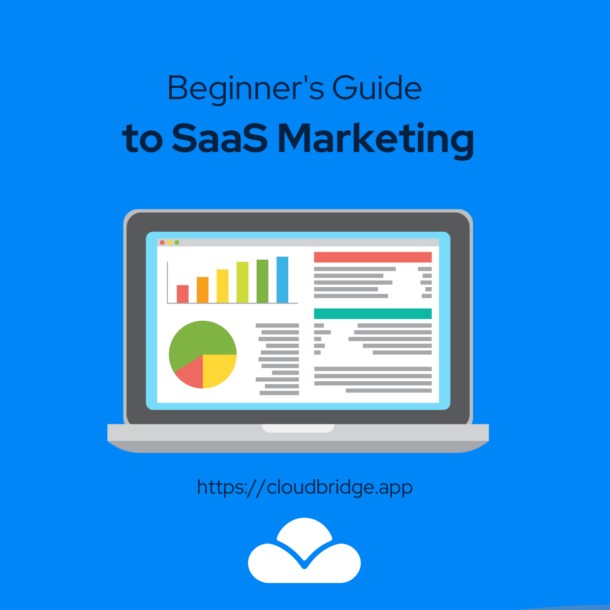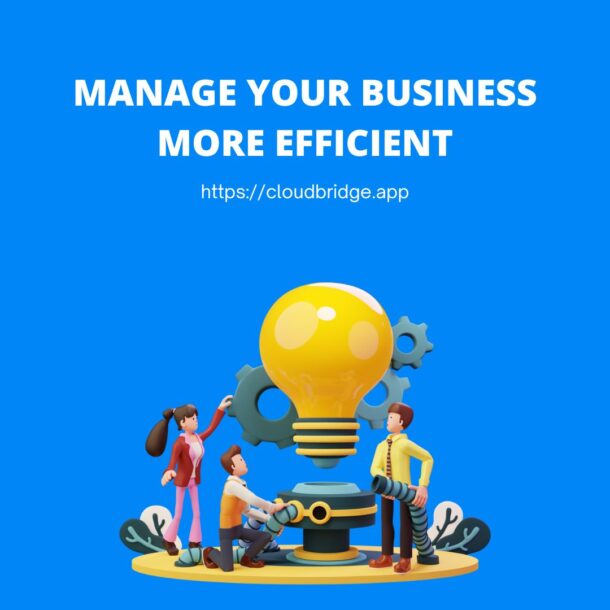Entrepreneur
· Productivity
· SaaS
· Workflow
5 Ways SaaS is Disrupting Traditional Business Models
Hai Dinh
April 15, 2023Software as a Service (SaaS) has been making waves in the business world for several years now, and for good reason. SaaS offers companies a flexible, scalable, and cost-effective way to manage their technology needs. As such, it’s no surprise that SaaS is disrupting traditional business models in numerous industries. In this article, we’ll explore how SaaS is changing the way we do business and what it means for the future.
Lowering Costs
One of the most significant benefits of using SaaS is the reduction in costs. Traditionally, companies had to invest in expensive hardware, software licenses, and IT infrastructure to support their operations. SaaS eliminates these costs by offering a subscription-based model where users pay only for what they use. This model allows companies to scale up or down as needed, making it a more cost-effective option for businesses of all sizes.
Improving Efficiency
SaaS is also helping companies become more efficient. With traditional software models, companies often had to wait for updates to be released or rely on IT departments to make changes. With SaaS, updates and upgrades are automatic, and users have access to the latest features and functionality without any downtime. This improved efficiency allows companies to focus on their core business and frees up IT resources for more critical tasks.
Facilitating Collaboration
SaaS tools are also changing the way we collaborate in the workplace. With cloud-based services like Google Docs, Slack, and Trello, teams can work together on projects in real-time, no matter where they are in the world. This level of collaboration is essential for companies that have teams spread out across different offices or countries. SaaS tools are also helping to break down communication barriers between teams and departments, improving overall productivity.
Enabling Flexibility
SaaS is also enabling companies to be more flexible in how they operate. With cloud-based services, companies can access their data and applications from anywhere, using any device. This level of flexibility means that companies can have remote workers, work from home, and even offer employees more flexible work schedules. SaaS is helping to create a more flexible, agile, and responsive workforce.
Empowering Small Businesses
Finally, SaaS is helping to level the playing field for small businesses. Traditionally, larger companies had the resources to invest in expensive IT infrastructure and software licenses. Smaller businesses, on the other hand, had to make do with less. SaaS has changed this by offering affordable, scalable solutions that allow small businesses to compete with larger companies. SaaS tools are helping small businesses to automate their processes, improve their efficiency, and scale up their operations.
To sum up, SaaS is changing the way we do business, and it’s clear that this trend will continue in the future. By lowering costs, improving efficiency, facilitating collaboration, enabling flexibility, and empowering small businesses, SaaS is disrupting traditional business models in numerous industries. As such, companies that fail to embrace SaaS risk falling behind their competitors. With the benefits of SaaS becoming increasingly apparent, it’s only a matter of time before it becomes the norm rather than the exception.
Related Articles





